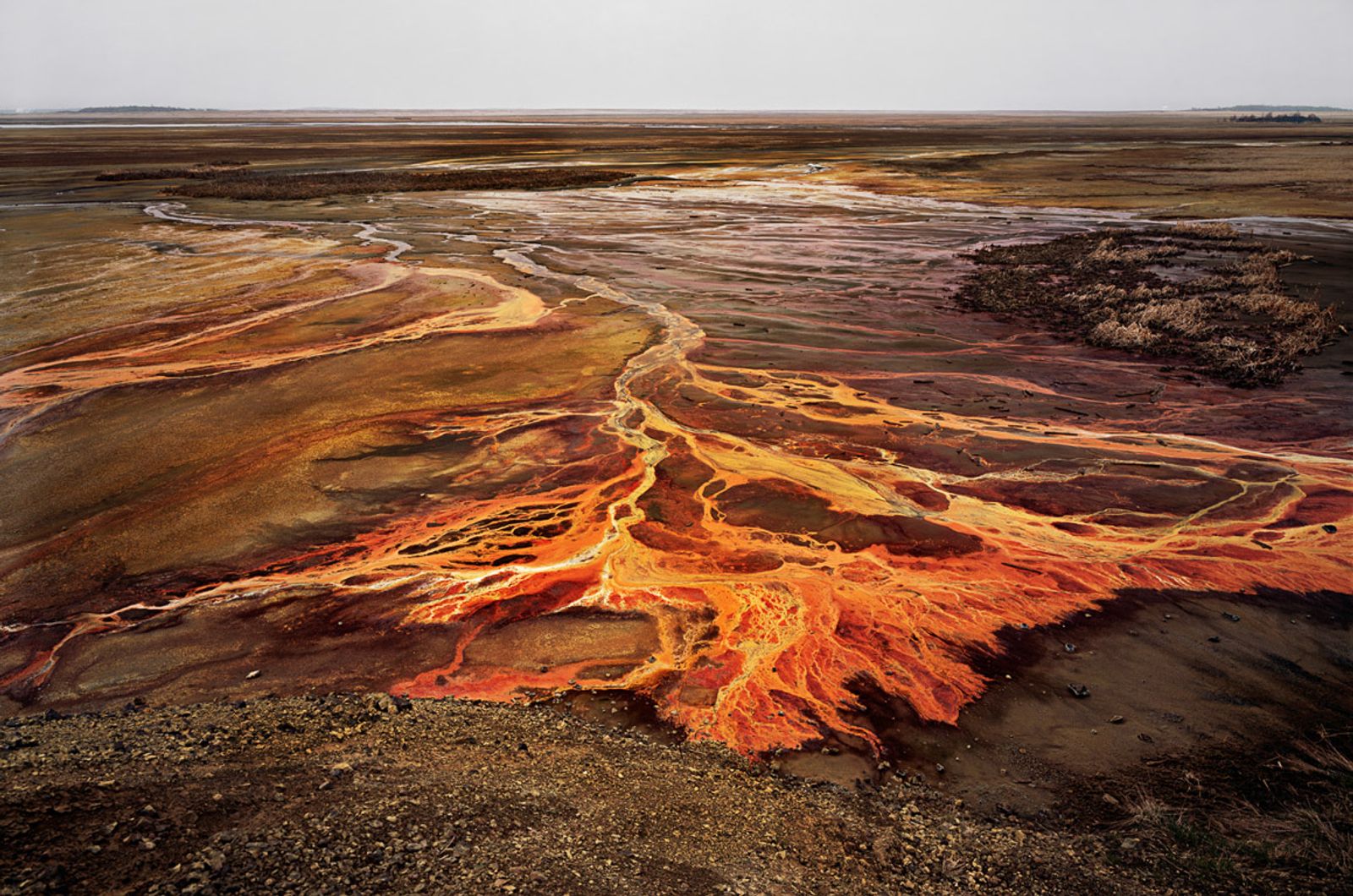Eco-Art
Eco-art, or ecological art, has emerged as a critical response to the climate crisis. This movement seeks to explore humanity's relationship with the environment, raising awareness and advocating for sustainable practices. Artists like Olafur Eliasson and Agnes Denes use their work to confront environmental degradation and inspire collective action.
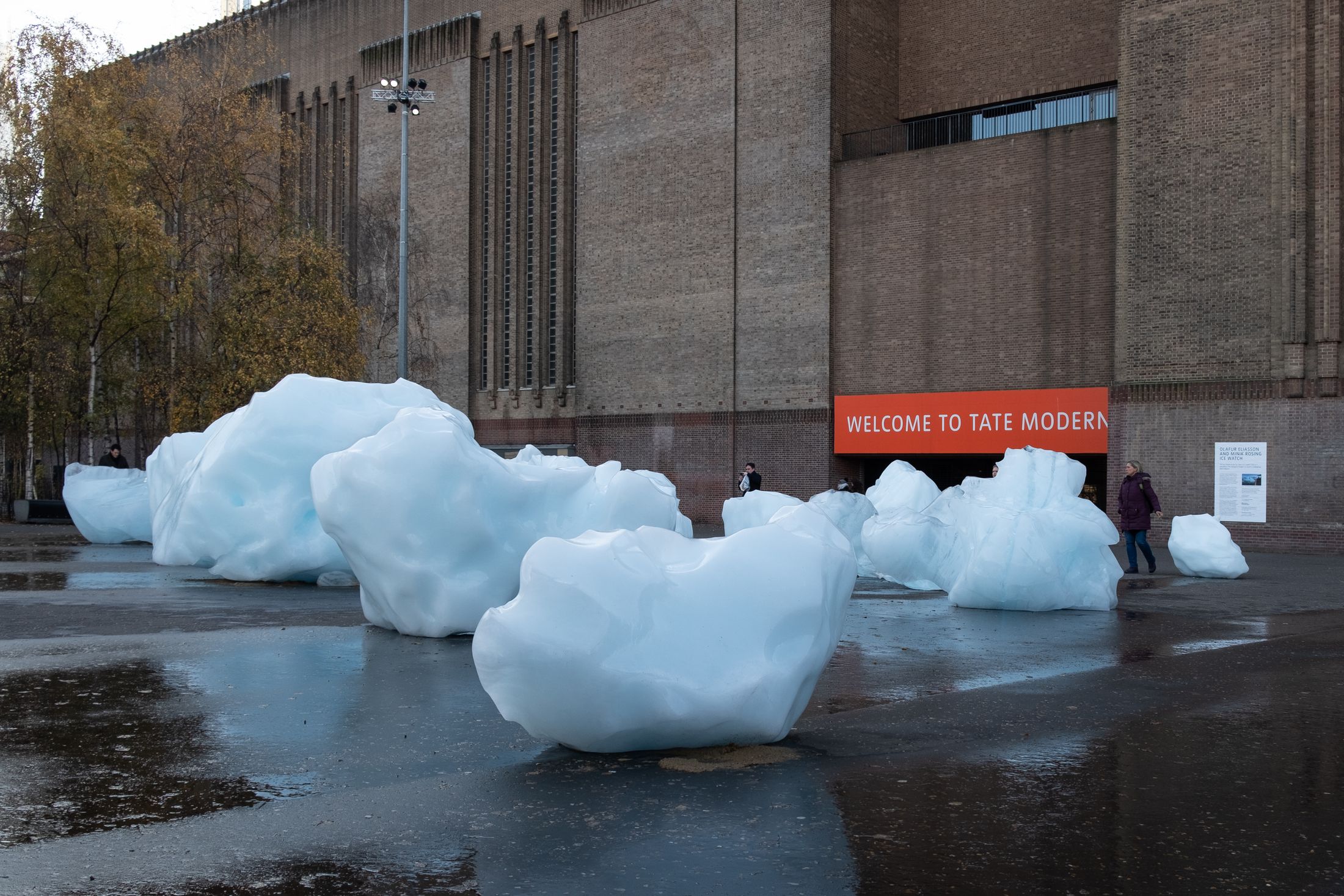
Olafur Eliasson's Ice Watch installation outside the Tate Modern in London
Eliasson's Ice Watch installation, which brought melting Arctic ice blocks to urban centers, starkly illustrated the realities of climate change. Similarly, Denes' Tree Mountain – A Living Time Capsule involved planting 11,000 trees in a precise geometric pattern, combining environmental restoration with conceptual art. Eco-art not only serves as a call to action but also bridges the gap between science and art, making ecological issues more accessible to the public.
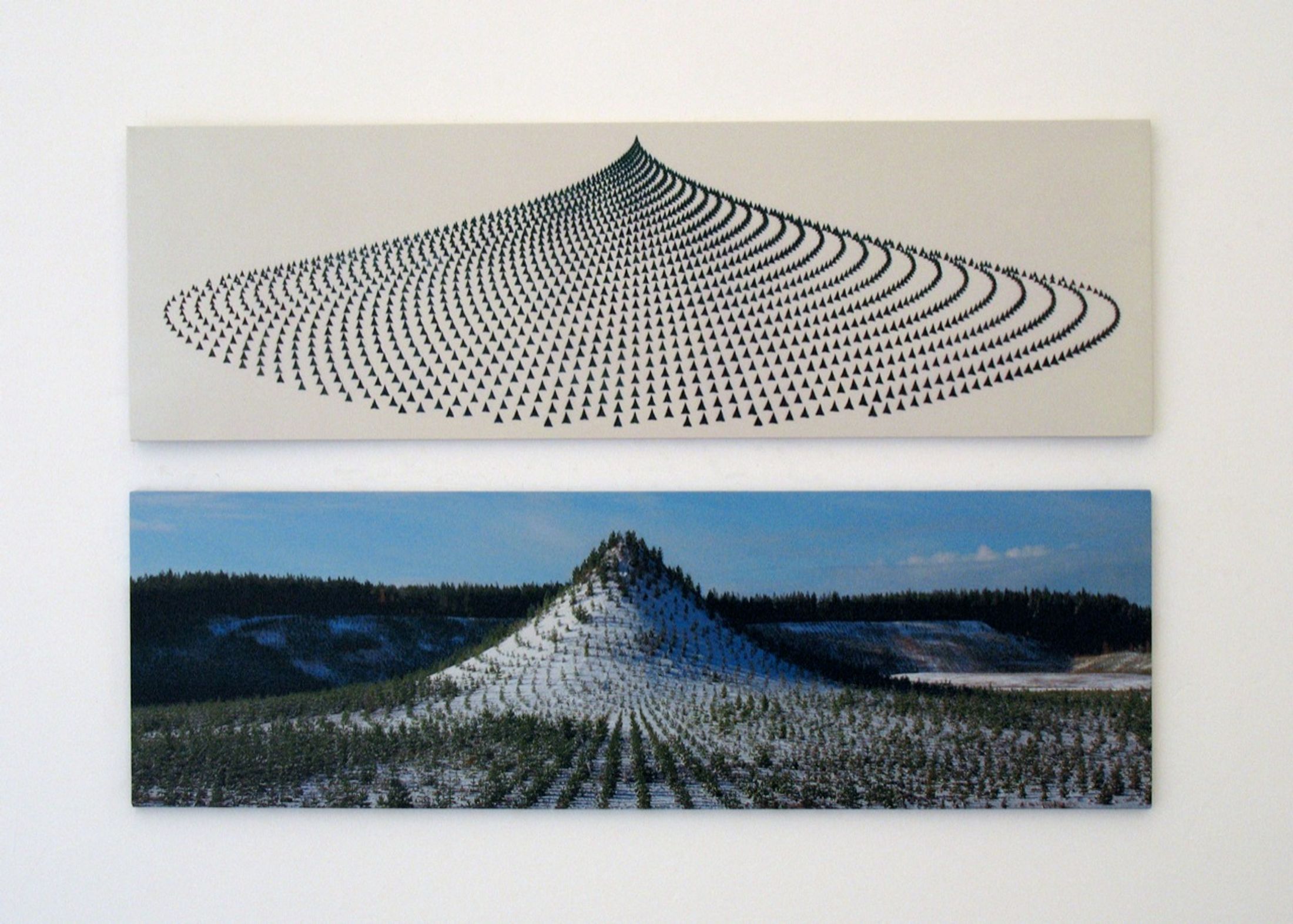
Agnes Denes' Tree Mountain – A Living Time Capsule
This movement represents a shift in artistic priorities. Artists today are not merely documenting the natural world; they are actively engaging in its preservation and transformation.
Social Practice Art
Social practice art, often referred to as socially engaged art, prioritises collaboration and community involvement over traditional aesthetics. In this movement, art becomes a platform for dialogue, activism, and empowerment. Rather than creating static objects, social practice artists work alongside communities to address systemic issues such as inequality, racism, and poverty.
One prominent figure in this space is Theaster Gates, whose work transforms neglected urban spaces into hubs of culture and creativity. Gates’ Dorchester Projects in Chicago repurposed abandoned buildings into community centres, complete with libraries, music archives, and spaces for public gatherings.
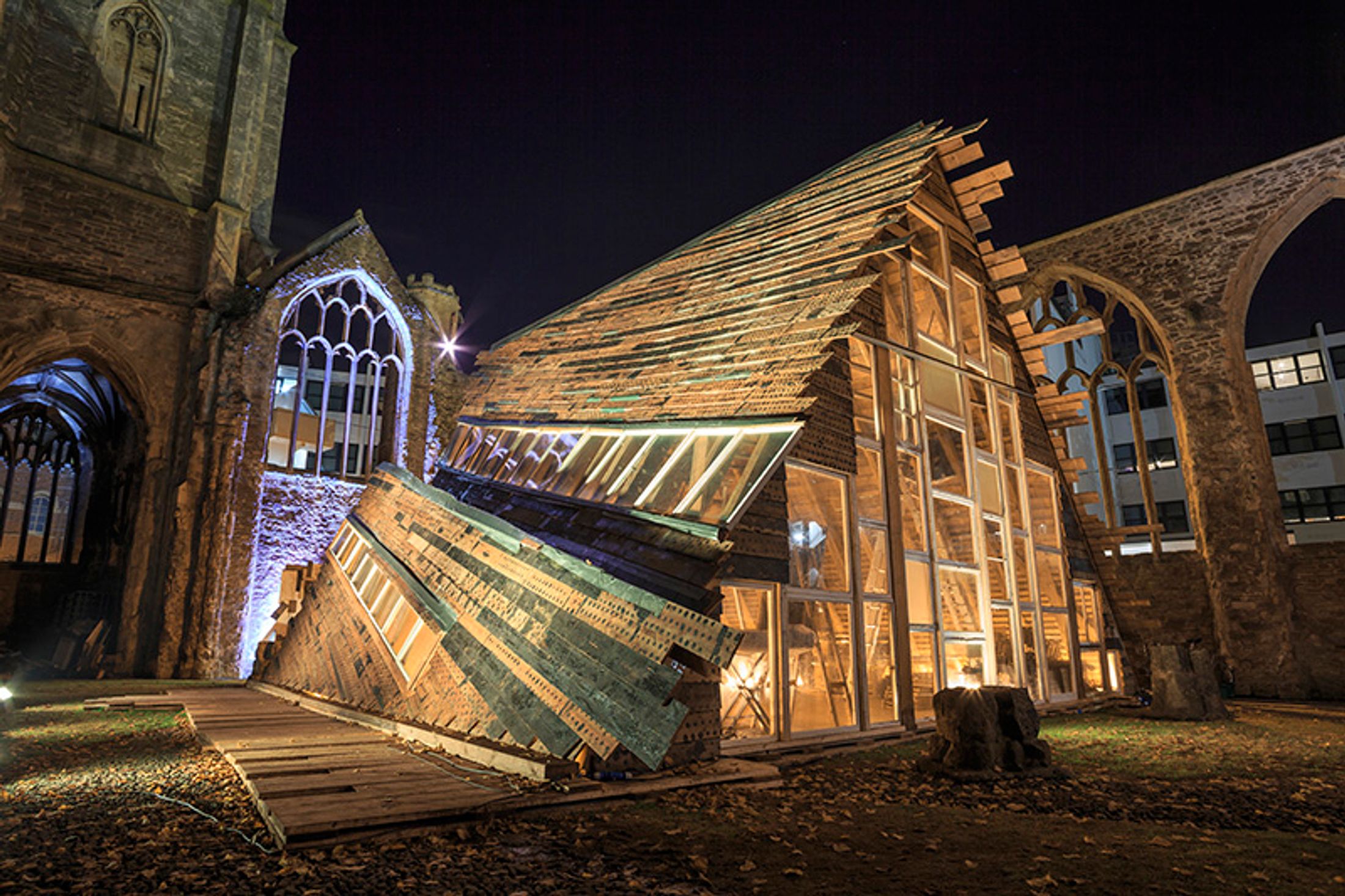
Theaster Gates, Sanctum, 2015 Photo: Max McClure. Courtesy of Situations
Similarly, Suzanne Lacy’s The Oakland Projects engaged youth and local communities in conversations around race, education, and public policy through workshops, performances, and public events. These projects blur the line between art and activism, emphasising process over product and fostering a sense of shared agency.
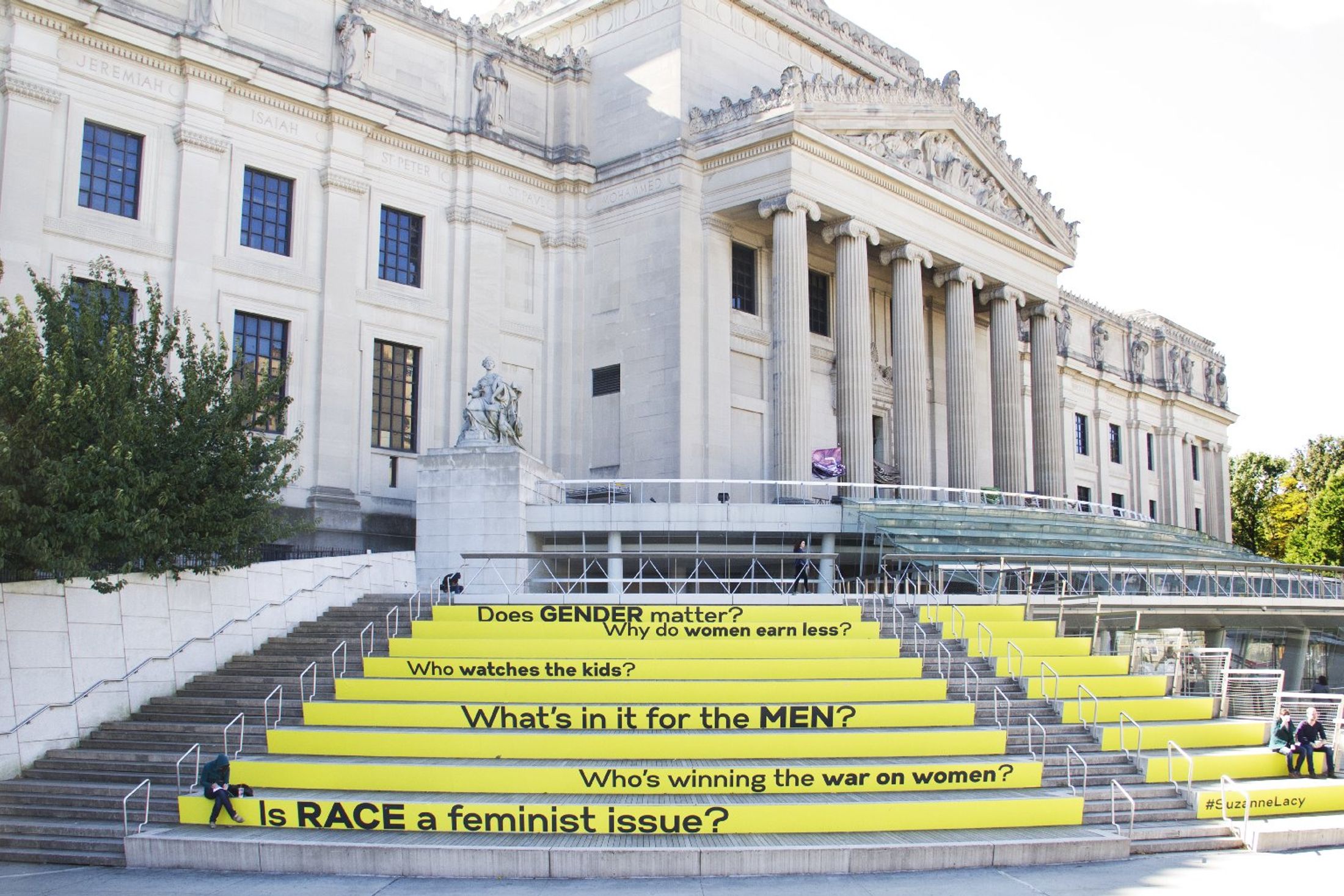
Between the Door and the Street, Suzanne Lacy, Installation at the Brooklyn Museum
Social practice art reflects the evolving role of the artist as a facilitator rather than a sole creator. It underscores art's potential to enact meaningful change, proving that creativity can be a powerful tool for addressing pressing social challenges.
Post-Internet Art
In the digital age, post-internet art has emerged as a response to the pervasive influence of technology and the internet. This movement examines how online culture shapes our perceptions of identity, communication, and reality itself. Post-internet art is not limited to digital mediums; it often manifests in physical forms, highlighting the interplay between virtual and tangible worlds.
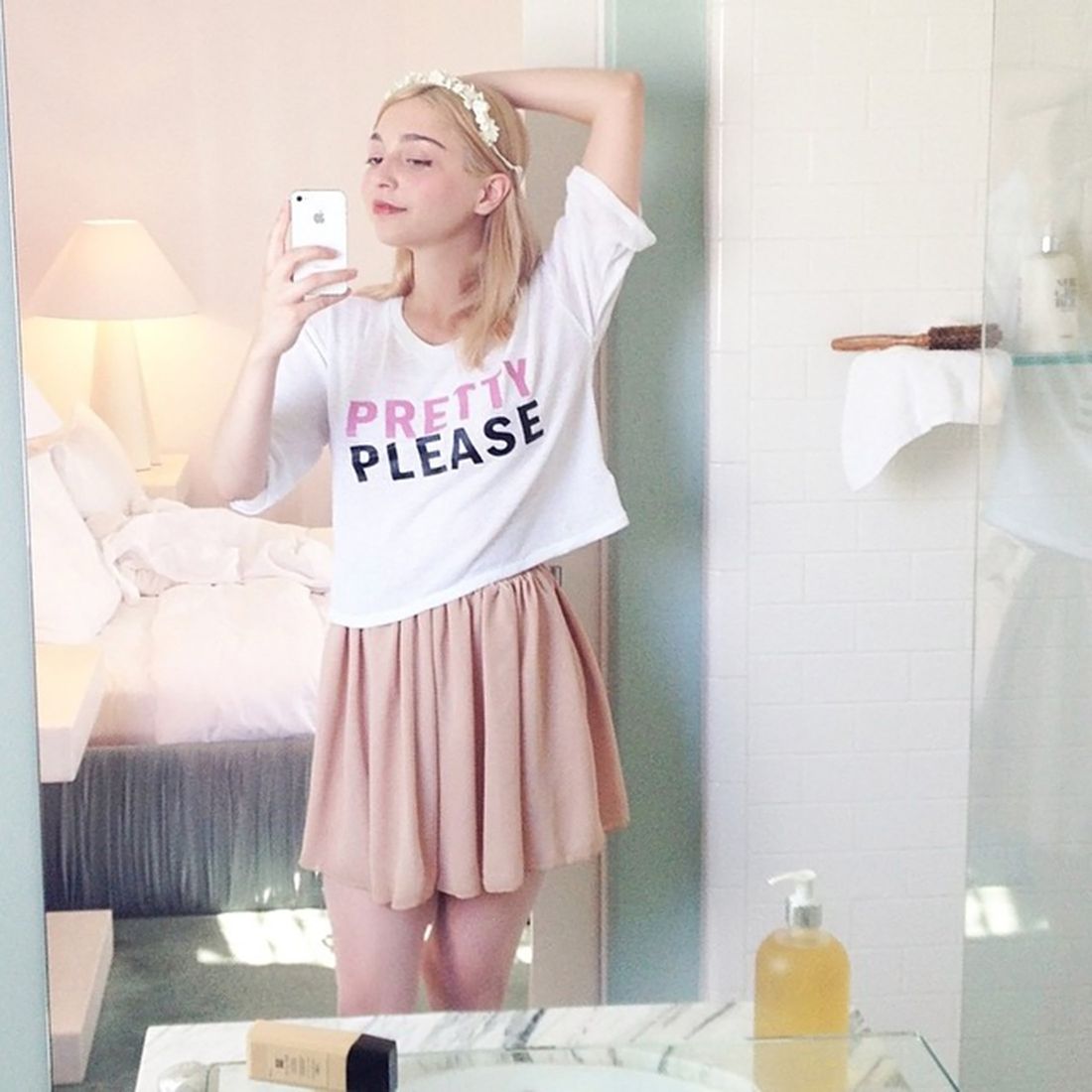
Amalia Ulman, Excellences & Perfections (Instagram Update, 1st June 2014), 2015 C-Type print dry mounted on aluminum, mounted on black edge frame, 125 × 125 × 3 cm Courtesy of the artist and Deborah Schamoni

Amalia Ulman, Excellences & Perfections (Instagram Update, 27th June 2014), 2015 C-Type print dry mounted on aluminum, mounted on black edge frame, 125 × 125 × 3 cm Courtesy of the artist and Deborah Schamoni
Artist Amalia Ulman gained recognition for her Instagram performance Excellences & Perfections, which blurred the lines between online personas and real-life identity. Cory Arcangel, on the other hand, repurposes outdated technologies to comment on the rapid pace of technological obsolescence and its cultural implications.
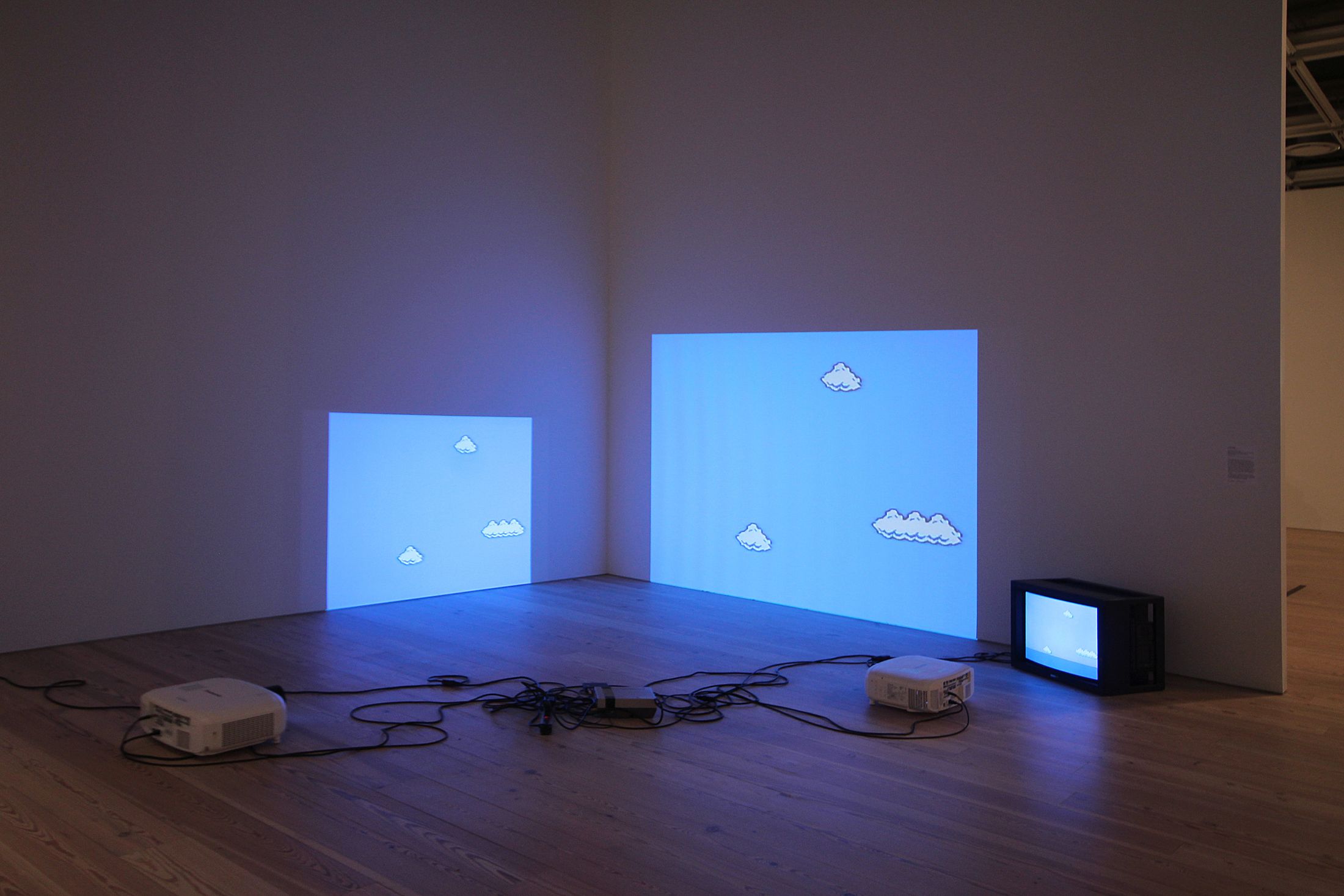
Cory Arcangel's Super Mario Clouds
Post-internet art critiques the internet’s dual role as a tool for connection and alienation. By engaging with memes, social media, and digital aesthetics, these artists hold up a mirror to contemporary society, forcing us to confront the implications of our hyperconnected world.
Defining the Era
While eco-art, social practice art, and post-internet art may seem distinct, they share common themes that define the 21st-century art landscape. They challenge the traditional notion of art as a commodity, emphasising process, participation, and the impact of messaging rather than material objects.
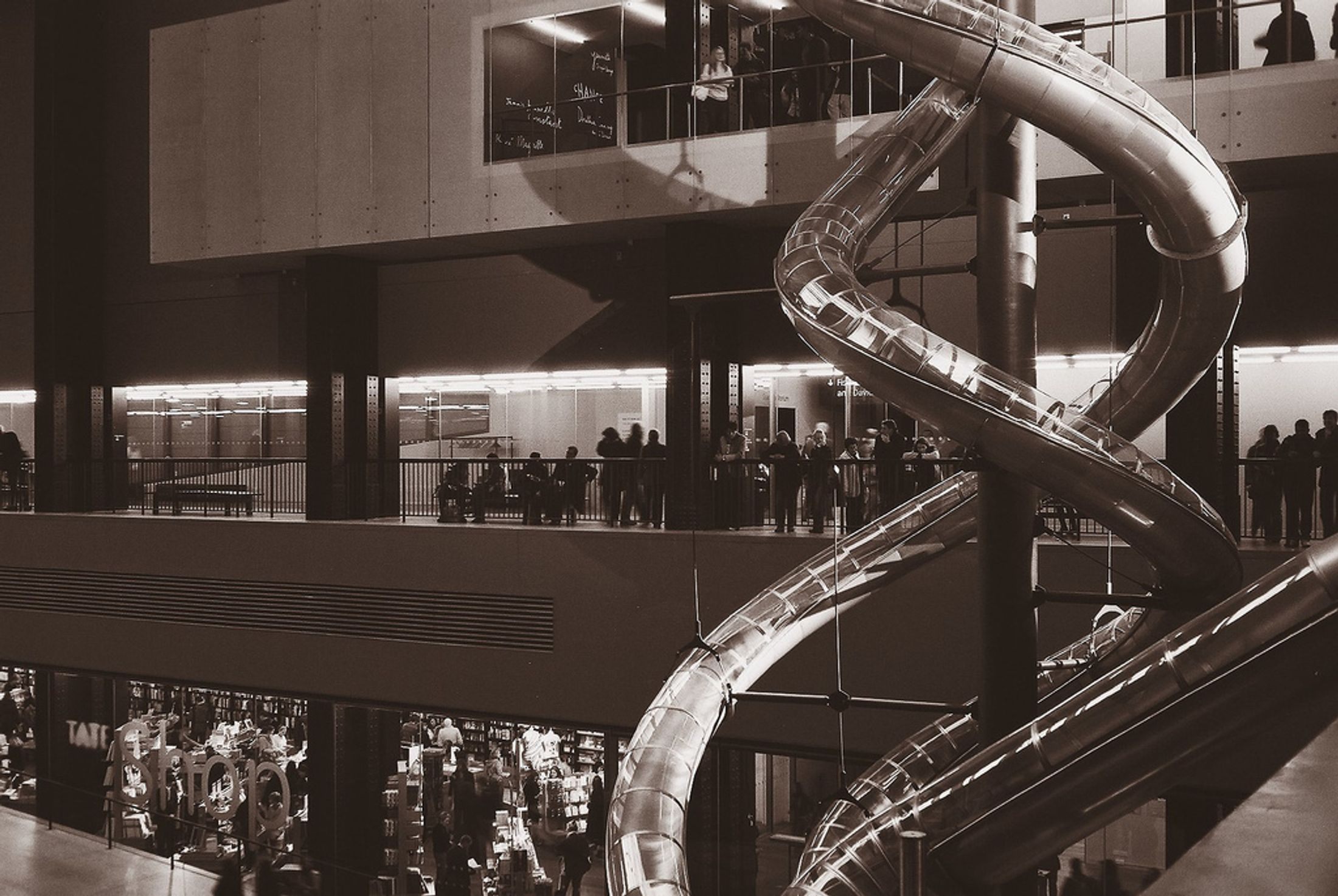
Carsten Holler Tate slide installation at Tate Modern was a form of Social Practice Art
Moreover, these movements reflect an acute awareness of global interconnectedness. Whether addressing climate change, social inequality, or digital culture, 21st-century artists recognise the need to engage with collective issues in a collaborative and innovative manner.
In an era defined by complexity and rapid change, art is no longer confined to the walls of galleries or museums. It permeates public spaces, digital platforms, and community initiatives. By examining these trends, we gain a deeper understanding of what defines our era—and how art continues to evolve as a vital force in society.
